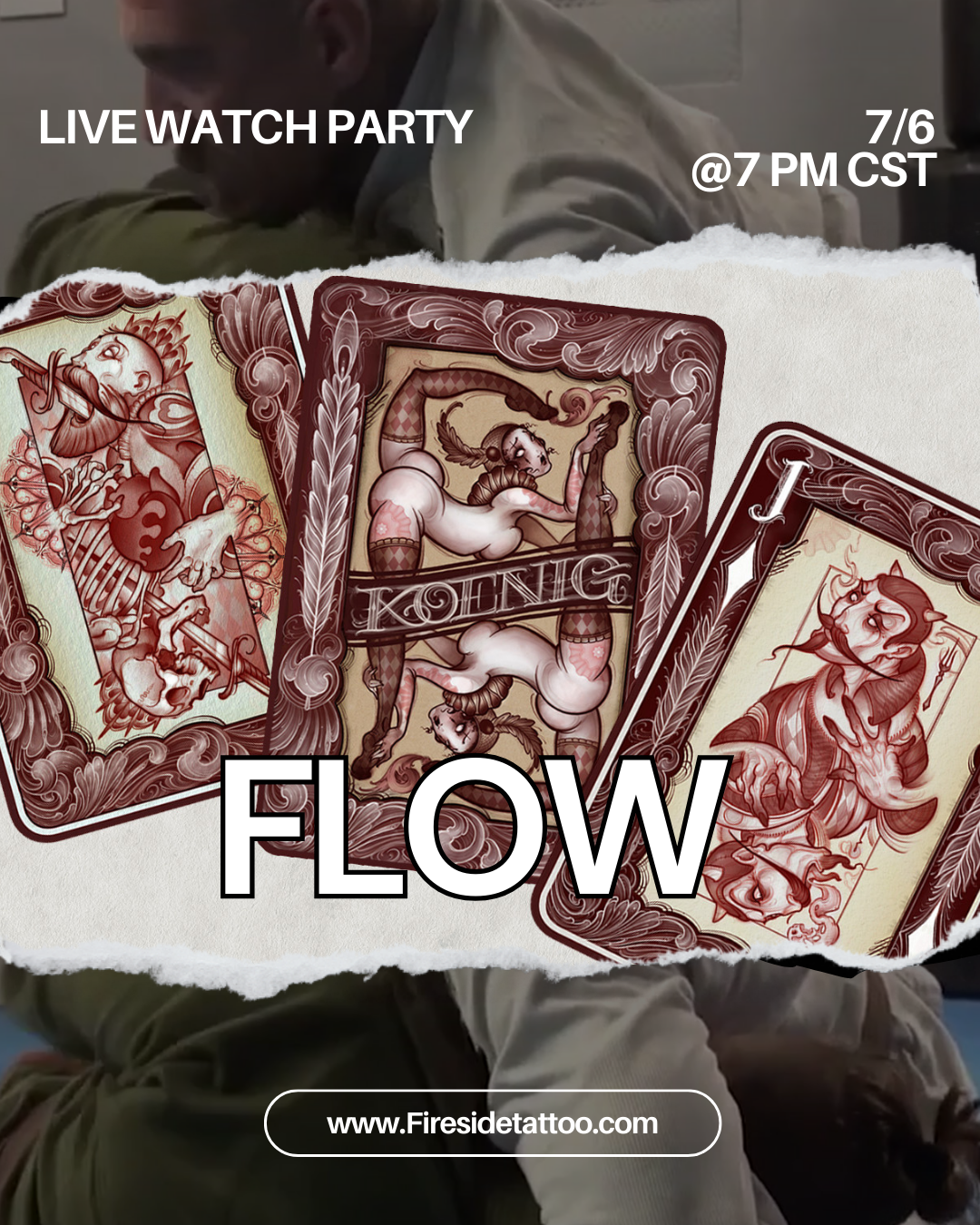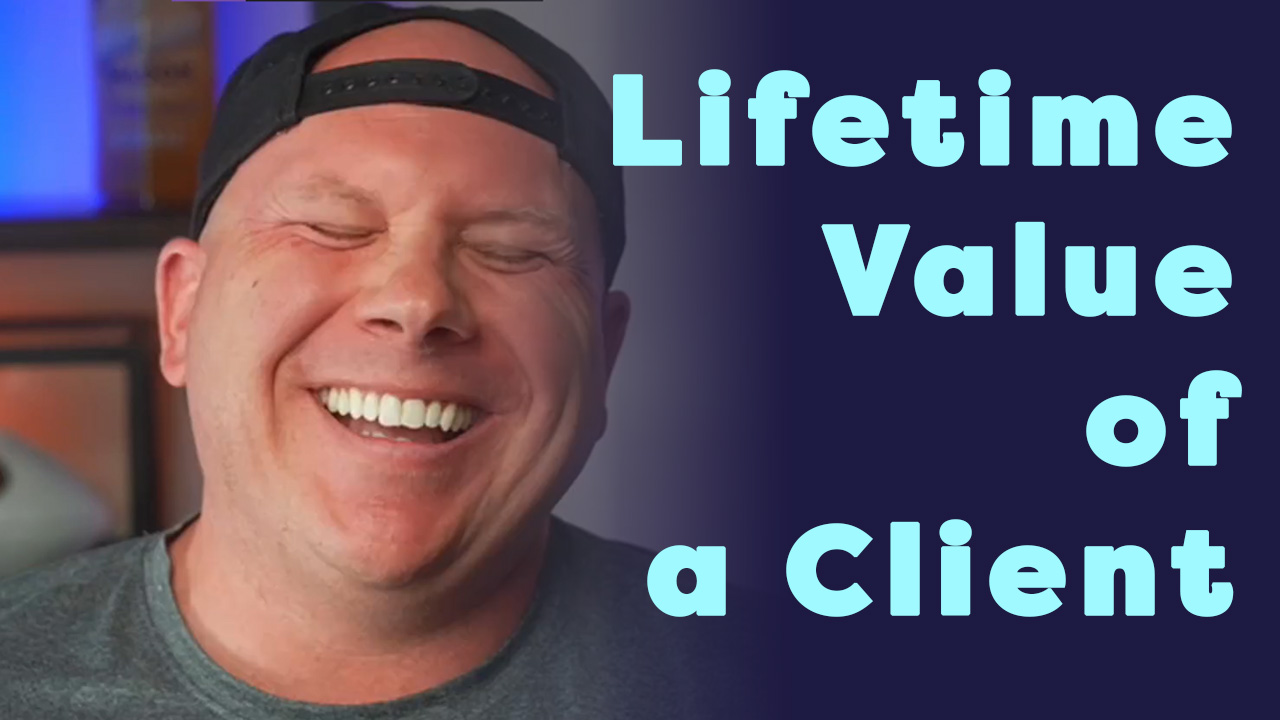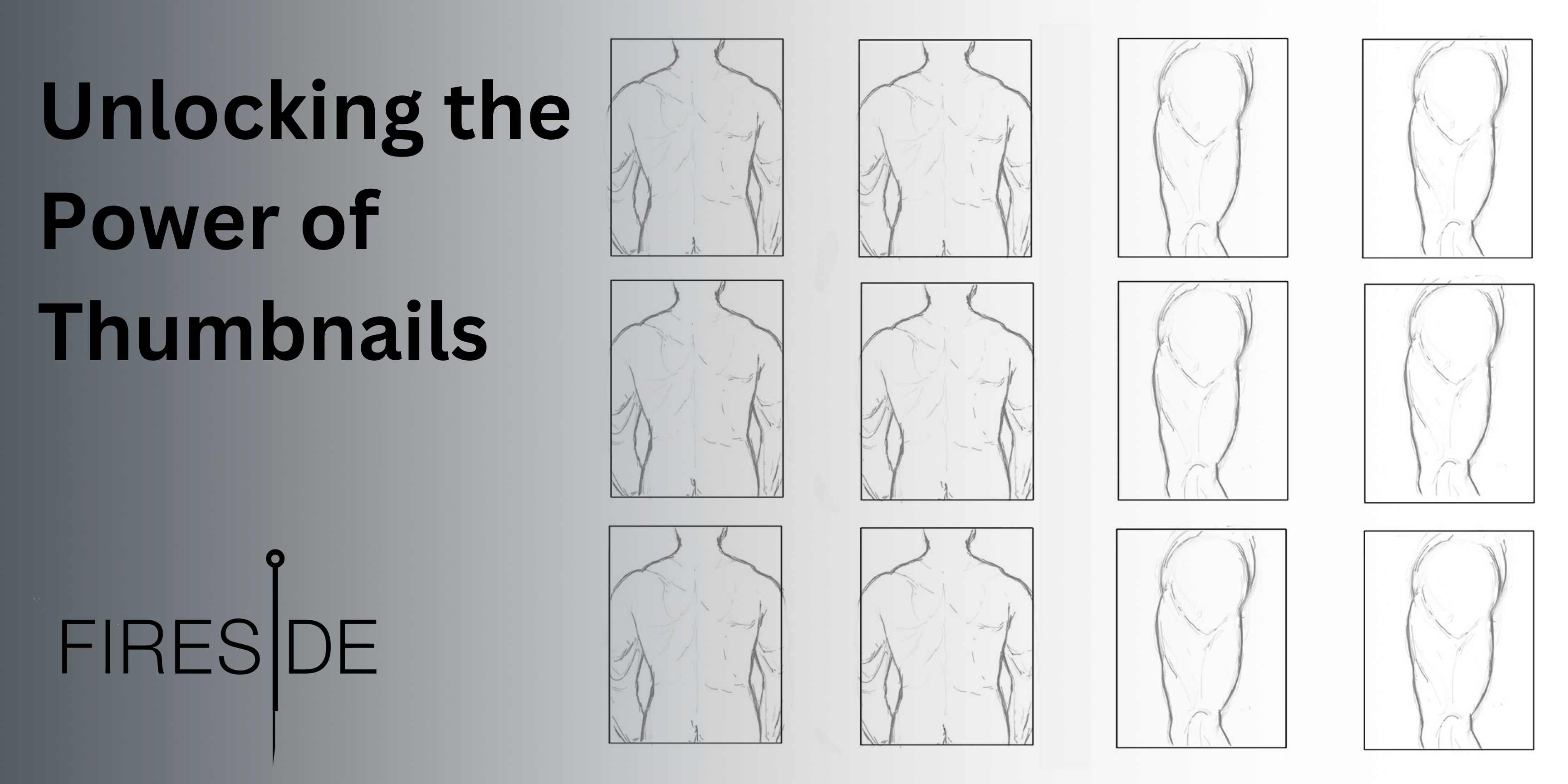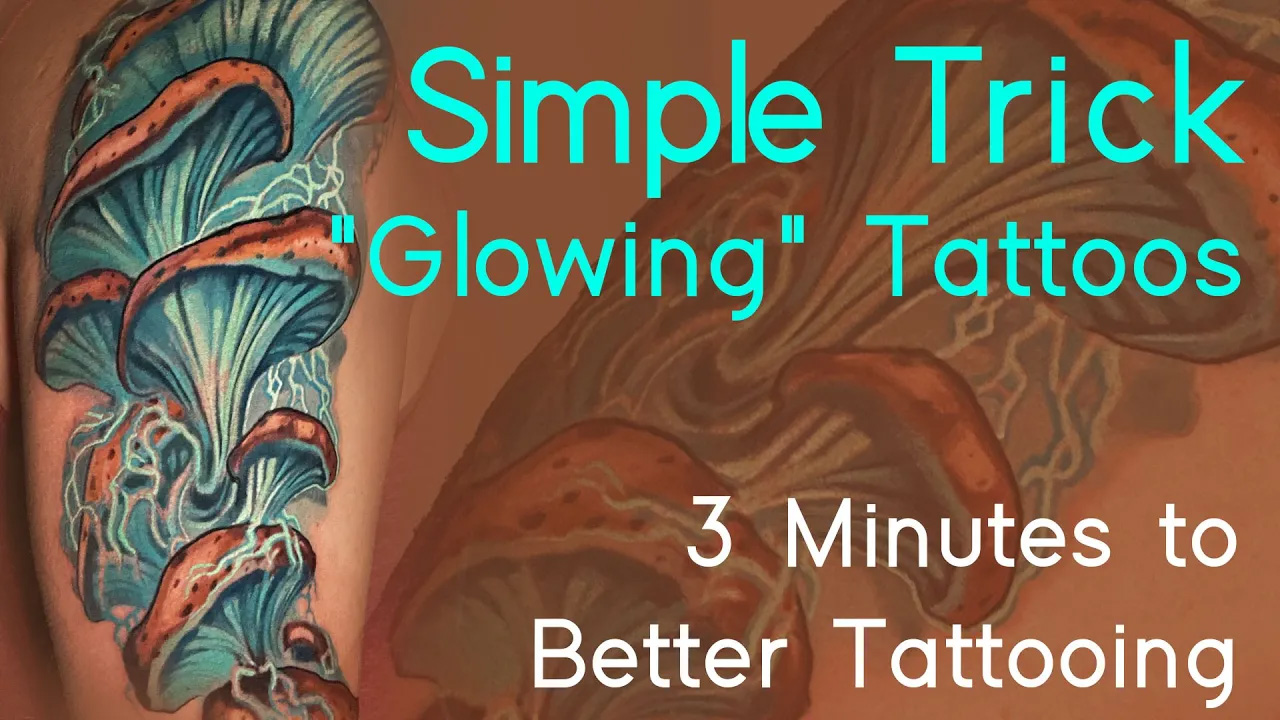Tattoo Science: Power Supplies and Needle Depth Aaron Williams EP 262
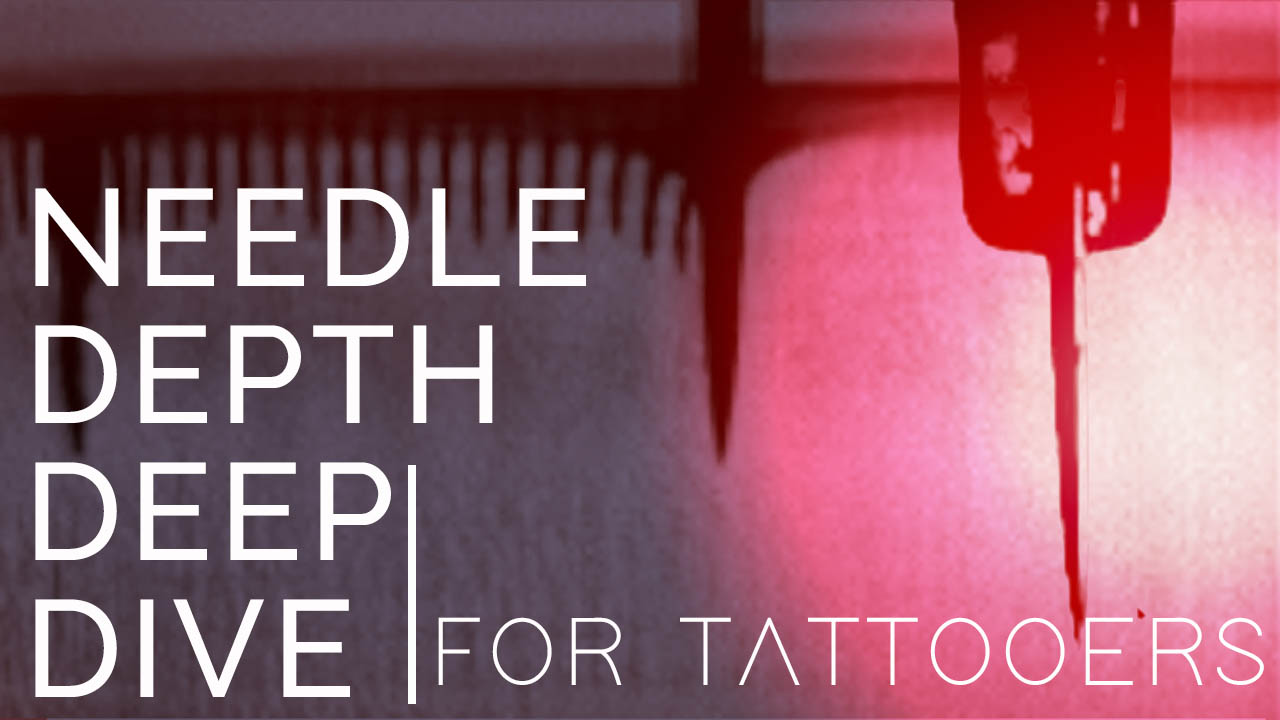
Power Supplies and Needle Depth
Aaron Williams | EP 262
It's truly incredible when non-tattooers come together with artists in order to make the tattoo industry better for everyone. Aaron Williams of Tattcom just so happens to be one of those people. Over the past few years Aaron has been researching and developing new products to help tattooers reduce variabilities and be more consistent in their craft.
In this article we dive deep with Jake and Aaron to explore the physics and engineering of tattoos. From contrasting motors, gauging machine performance, to advocating for more research in tattooing. If you enjoyed our conversations about tattoo science, then this episode will be right up your alley! Join them as they try to uncover new insights into an age-old practice!
This episode was made possible thanks to:
Interview By Jake Meeks —
Wiritng By Daniel Pushcarich
Topics: tattoo science, ink in skin, Tattoo Science, Tattoo Physics, Machine Building, Tattoo Machine Power Supplies, Coil Tattoo Machines, Rotary Tattoo Machines, Tattoo Needle Cartridges, High Speed Camera, Tattoo Technology
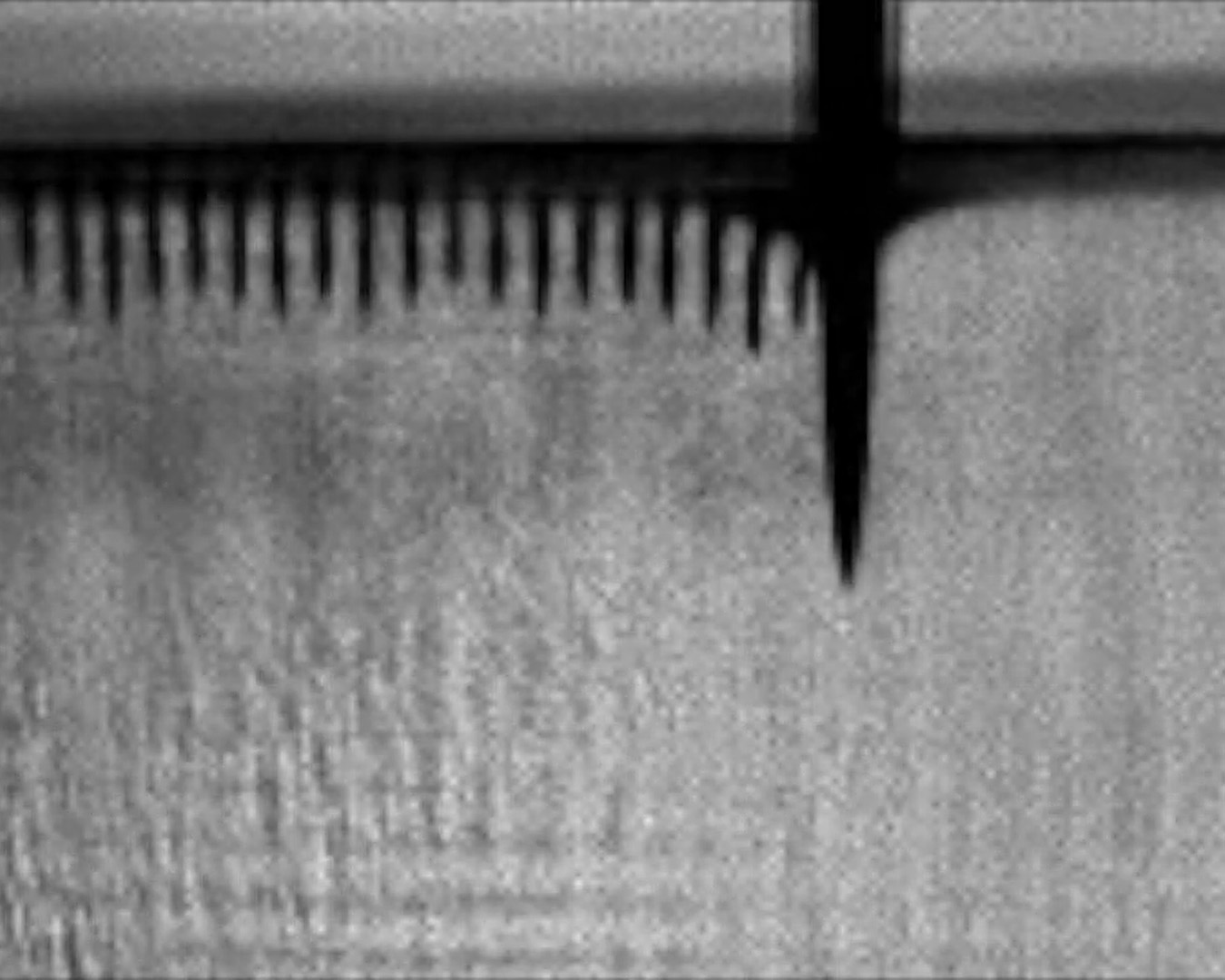
Aaron Williams (@tattcom) is 10 year machinist and engineer who has worked in several industries, and is one of the owners of Tattcom, a tattoo technology company. Aaron’s goal with Tattcom is to bridge the gaps in tattooing and modern technological advances to give tattooers freedom and consistency with their equipment. Aaron also aspires to increase the amount of research being done in tattoo technology.
Aaron and Tattcom are based in South Carolina
Please enjoy!
INTERVIEW LINKS, MENTIONS, AND SHOW NOTES BELOW…
SELECTED LINKS FROM THE EPISODE
- Connect with Aaron Williams:
Tattcom.us | @themadscientist684 | @tattcom | AWilliams@TATTCOM.us
- Tattcom
- Tattoo Therapy at Texas Tech
- Neuma Tattoo
- S8 Tattoo
- Faulhaber Drive Systems
- Schlieren imaging (photography)
SHOW NOTES
- [01:40] A Brief History Of Aaron Williams
- [04:49] Early Experimentation with Rotary Tattoo Machines
- [08:37] Tech Progress! In Hardware AND Software
- [10:04] Why Power Supplies? Transitioning away from Rotaries
- [12:12] Working Towards Power Consistency in Tattoo machines
- [13:05] Motormouth, Brushless and Brushed motor comparison
- [15:26] Insight on “Bog” in Tattoo Machines
- [19:23] What Makes These Tattoo Machines Feel Different?
- [25:00] Do More Tattoo Research, Texas Taking the lead
- [28:20] Just Below the Surface
- [35:51] High-Speed Tattooing Footage
- [41:21] Testing, Testing!
- [44:52] How Do We Apply This to Tattooing?
- [48:23] Taking the Guesswork out of Tattooing
- [52:31] Achieving Consistency in Your Tattoo Equipment
- [58:31] Tattoo Machine Not Just Make Ink go in Skin
- [01:00:59] Needle Cartridge Catastrophe! Can we work around these issues?
- [1:05:49] Tattoo Needle Air Draft Phenomenon
- [1:10:24] Call to Action! What Would You Like to See?
MORE AARON QUOTES FROM THIS INTERVIEW
Insight on “Bog” in Tattoo Machines
“[15:26] So Bog, I would basically define as the speed of the machine slowing down…resistance, load, torque. That resistance of the skin is transmitted through the needle bar up to the cam or mechanism driving it. And, that in turn is torque or demand on the motor. ”
— Aaron Williams
Let’s Define Some things here. Resistance is the opposition that a substance offers to the flow of electric current. Load is the force exerted on a surface or body. Torque is a measure of the force that can cause an object to rotate about an axis. Torque relates to the rotational force of an electric motor while speed refers to the rate that the motor can rotate.
The needles puncturing the skin creates resistance, causing strain on the components of a tattoo machine, this is called "bog" or "give". That being said, coil tattoo machines produce a particular type of “bog” or “give” that tattoo artists worldwide say is particularly useful for reducing trauma to the skin.
In many pen style machines and Rotary machines the cam needs to complete a full rotation in order to penetrate and exit the skin. There isn’t a lot of “natural” resistance from the pushing back on the needle so in many cases this can be more traumatic or damaging to the skin. Many rotary machine manufacturers add different mechanisms and membranes to attempt to induce this same effect.
What Makes These Tattoo Machines Feel Different?
“[19:23] This all comes down to the machine engineering and design and how efficient the mechanism is that's in there, because there's always going to be losses when you have bearings and other mechanisms put between the motor and the needle”
— Aaron Williams
Usually what determines how hard a rotary hits is the voltage of the motor, but that’s not always the case. In the video above Aaron describes how sometimes the power behind a tattoo machine is just from the engineering or the mechanism the machine is using.
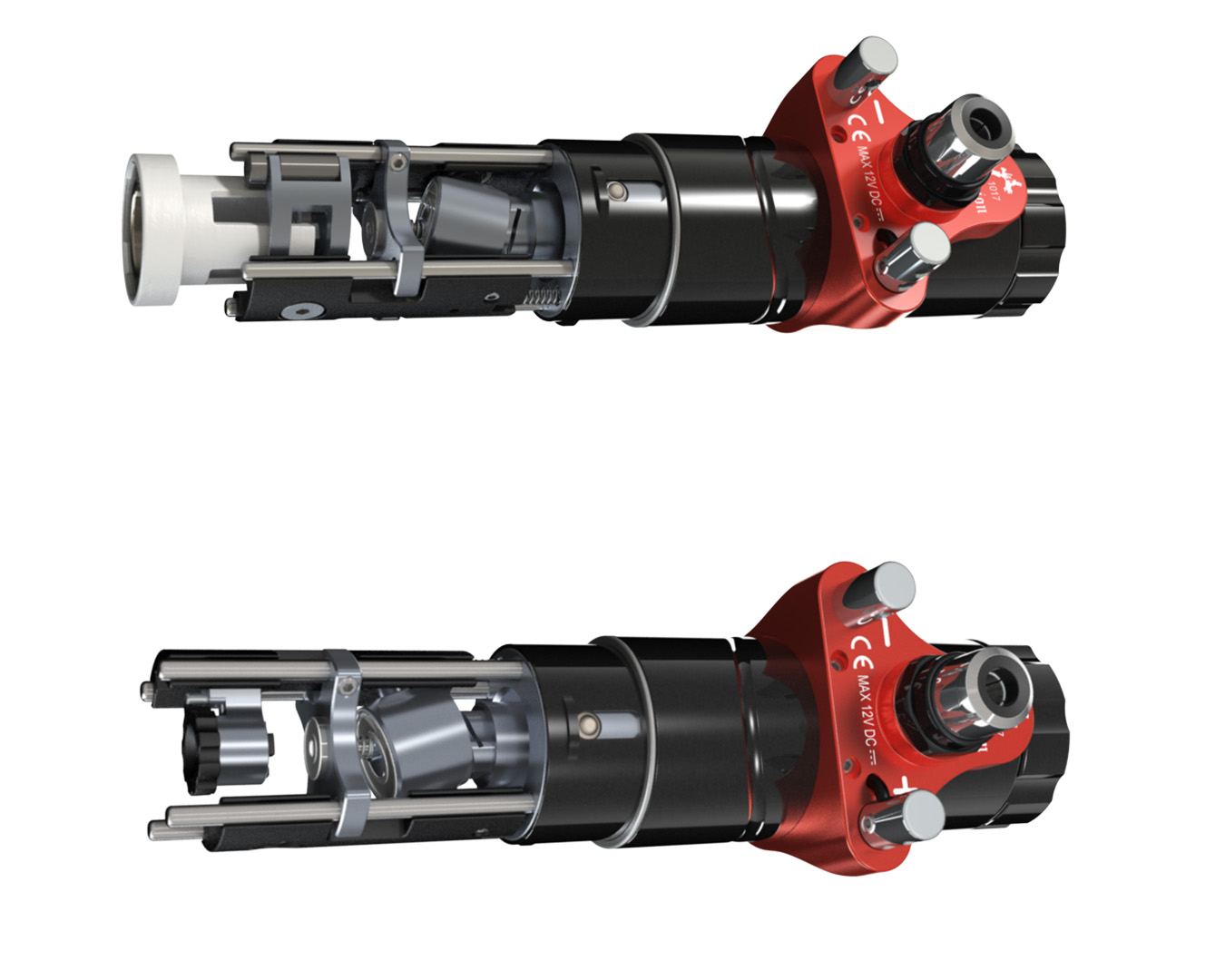
The more features or points of contact you add between the motor and the needle, the more work or friction is created. Therefore, you have potential loss and a reduction in power.
How Do We Apply This to Tattooing?
“[44:42] if [you prefer] having it just by feel… but then you can put the numbers behind it, you can have a further, better understanding, and the knowledge to exploit these things, and say ‘[man] I want to run my machine at… [or] I’ll do my hand speed at…’ or achieve certain effects. Then, you know exactly what to do with ANY machine to get that effect. It’s not guesswork anymore”
— Aaron Williams
In the article, “Tattoo Hand Speed Calculator”, Aaron Williams writes::
The punctures made by the tattooing needle(s) need to be in perfect harmony with the reciprocation rate of the tattoo machine, as well as in sync with the artist's hand speed. If one of these variables [are] not in sync with the other, the needle punctures can be placed too closely together resulting in overlap which can tear the skin… If the needle punctures are too far apart, then the desired density and saturation is not achieved.
With the right balance of hand speed and machine speed, one can find the “sweet spot” where the ink seems to be deposited effortlessly into the skin.
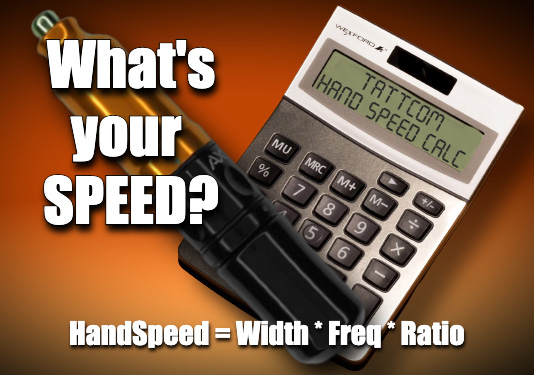
To obtain optimal saturation when lining, shading or packing color, there is an ideal ratio of hand speed variations and voltage that can be achieved. This "perfect" combination will allow you to achieve maximum impact without fail.
With that said, struggling to identify the "sweet spot" every time you experiment with a new technique can be tiresome. You can use these stats to find an average that works for you in between a range of numbers so that you’re at least getting a more consistent level of saturation. This would reduce the amount of guesswork trying out different voltages and machine setups.
Achieving Consistency in Your Tattoo Equipment
“[52:31] Just like…any problem, you need to identify your variables and any areas that you have control over first. In this formula I’m presenting, you have control over certain things…you could select a different needle size, but at the end of the day that’s outside of your control, and once you select it, it's fixed…”
— Aaron Williams
Tattoo artists and equipment manufacturers are always striving for consistency. To attain this, it is critical to minimize the number of variables in your set-up.
Coil tattoo machines have been a stalwart of modern tattooing since its inception. When properly tuned, they can be the difference between an unforgettable experience and a disaster. Unfortunately, their main issues--uneven weight distribution and daily adjustments--can become problematic for less experienced technicians who may not know how to diagnose problems quickly and efficiently.
The modern rotary pen boasts some impressive improvements, killing two birds with one stone. Not only does its weight balance offer hand fatigue relief and reduced nerve damage from vibrations, but the need for frequent tuning is nonexistent - eliminating many of the possible variables that coils tend to have. No more need to worry about how your machine is feeling that day…
Mo’ Efficiency, Mo Money, Less Problems
“[57:53] If you want to take a ritualistic time to set your coil machines up and do a piece, you could still use them. You can still do all that for sure…but at the end of the day, if you’re trying to run a business, and make money, and improve your efficiencies…having tools that require the least amount of maintenance, and things like that, which is the rotary”
— Aaron Williams
Just like a mechanic loves to work on his old beat-up Pontiac Firebird and get it running again, some tattoo artists love the feeling of tuning up their old worn down machine with a new spring or adjusting the armature bar and getting it to hit “Just right”. It’s a passion that a lot of tattooers share.
But let's face it; some people prefer simplicity over complexity and just want to start their car without having to tinker around under the hood. There’s nothing wrong with either side of the equation. It’s like the difference between manual and automatic transmission, it just comes down to preference. Some people just like to get in and get to work.
PEOPLE MENTIONED
Want more tattoo education and resources?
Check out our Tattoo Science and Technology catalog HERE!
Transcript for this video can be found (here). All transcripts can be found (Here)
The Fireside Tattoo Network is home to the Fireside podcast, Fireside Technique video series and our Fireside Weekly blog.
The Fireside Tattoo podcast is hosted by veteran tattooer Jake Meeks, check out our episodes where we discuss, argue and wax philosophical, from tips for all levels of artists to trends in the tattoo world. Many guest artists have sat down for interviews and in-depth conversations and many more are planned…check back often!
Our Fireside Tattoo Overview video series offers informative, short, and detailed videos geared towards helping artists understand the science and nuances of tattoos and make more informed decisions to improve their work. We often take some of our more technical topics from our Fireside podcast and film an in-depth, narrated, time-lapse video showing exactly how Jake or our featured artists handle certain issues.
Support us while buying the stuff you need at the links below!
- Get 10% off the Neuma 4 with code “Fireside” at checkout
https://neumatattoo.com - Get 10 % off all S8 Tattoo products with promo code “Fireside”
https://s8tattoo.com/ - TattooNOW Website and Automation services at the link below
https://TattooNOW.com/Fireside - Get 10% off your order from Raw Pigments with code “fireside”
https://rawpigments.co/
Tattoo Science
Our goal as tattooers is to get ink into skin as efficiently as possible while causing the least amount of skin trauma in the process.
By gaining a basic understanding of how ink actually gets into skin, we give ourselves a much better chance for success. The Fireside Tattoo Network has interviewed specialists in tattoo machines, ink, fluid dynamics, and tattoo physics to bring you the most comprehensive tattoo science and physics information available anywhere.
Check out these popular tattoo science and tech articles:
Still interested, want more? You can look at our podcast episodes HERE!
Recent News
Why Do We Care About Give? - Carson Hill
- 07/24/24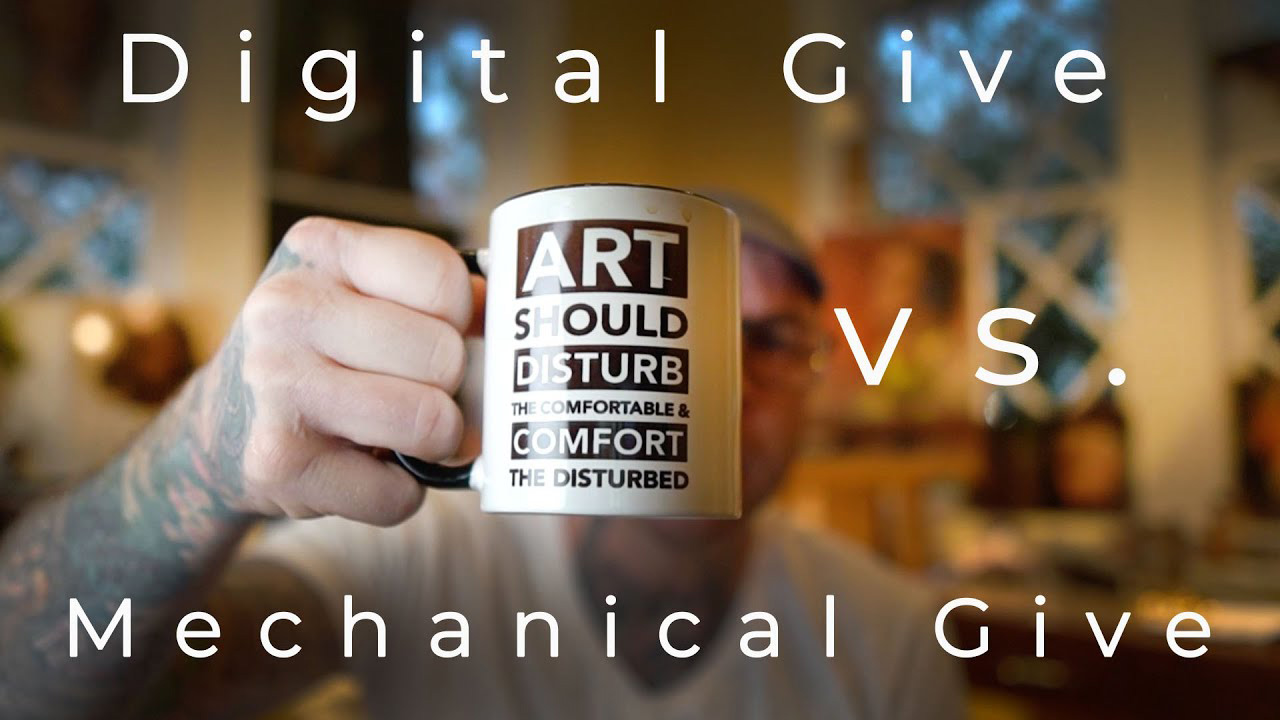
FLOW | Dave Koenig
- 06/28/24